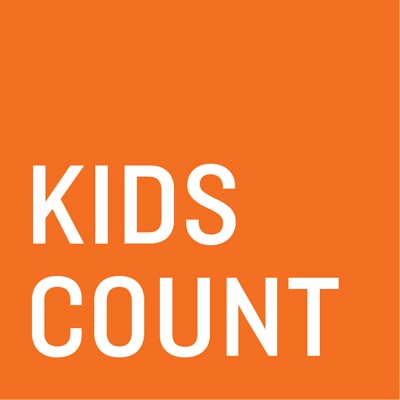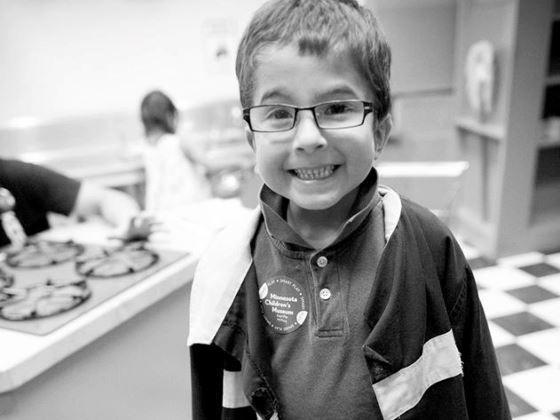I may look like the other 4th graders in your classroom, but I am not. I’m very different. My birth family’s repeated traumatic sex assaults and beatings have had a powerful and lasting impact on my body and mind. I don’t love or trust anyone and don’t feel loved or trusted at all.
The reptilian, fear activated part of my brain, the amygdala, is much larger than other children’s. This interferes with my ability to sit still in a classroom and I’m unable to concentrate on the things you are talking about. My mind is always filled with fearful thoughts and anxiety about the next bad thing that’s about to happen. It couldn’t be otherwise. The Prozac I’m forced to take (about a third of all foster children are medicated by psychotropics) makes me stupid and slow and I hate that. Some seven year olds know what the suicidal ideation on the side of the Prozac box actually means (fully formed thoughts of self harm and suicide delivered in waking moments).
I don’t have the coping skills to handle small personal things in the classroom like other children. Certain words and behaviors by others trigger a violent learned fear response in me that other kids don’t seem to have. I can be violent and did not learn social interaction at home, My reactions to minor things do not come from the executive function of my brain. I can’t control myself, things just happen.
Please understand that foster children are not foster children because a parent tired of caring for them or someone hit a child once or twice. At least I’ve not seen that among the foster kids I know. I’ve come to know many foster children through the County system as I’ve moved from foster home to foster home. It is the “Imminent Harm Doctrine”, that let’s a judge remove a child from a birth home. Literally, a child’s life must be in danger before the court will take a child away from birth parents. It really is almost as traumatic to be removed from the home as it is to stay and suffer the abuse. No matter how bad the abuse is, the fear of waking up in a strange place, with no one you have ever seen before is extremely frightening to a seven year old.
I became a state ward because my mother, who had been horribly abused as a child herself, had very violent boyfriends who thought sex with children was acceptable behavior. One of the boyfriends kicked me so hard I went into convulsions & needed an ambulance ride to the hospital (I was seven). The medical staff saw the awful bruises and placed me in child protection.









